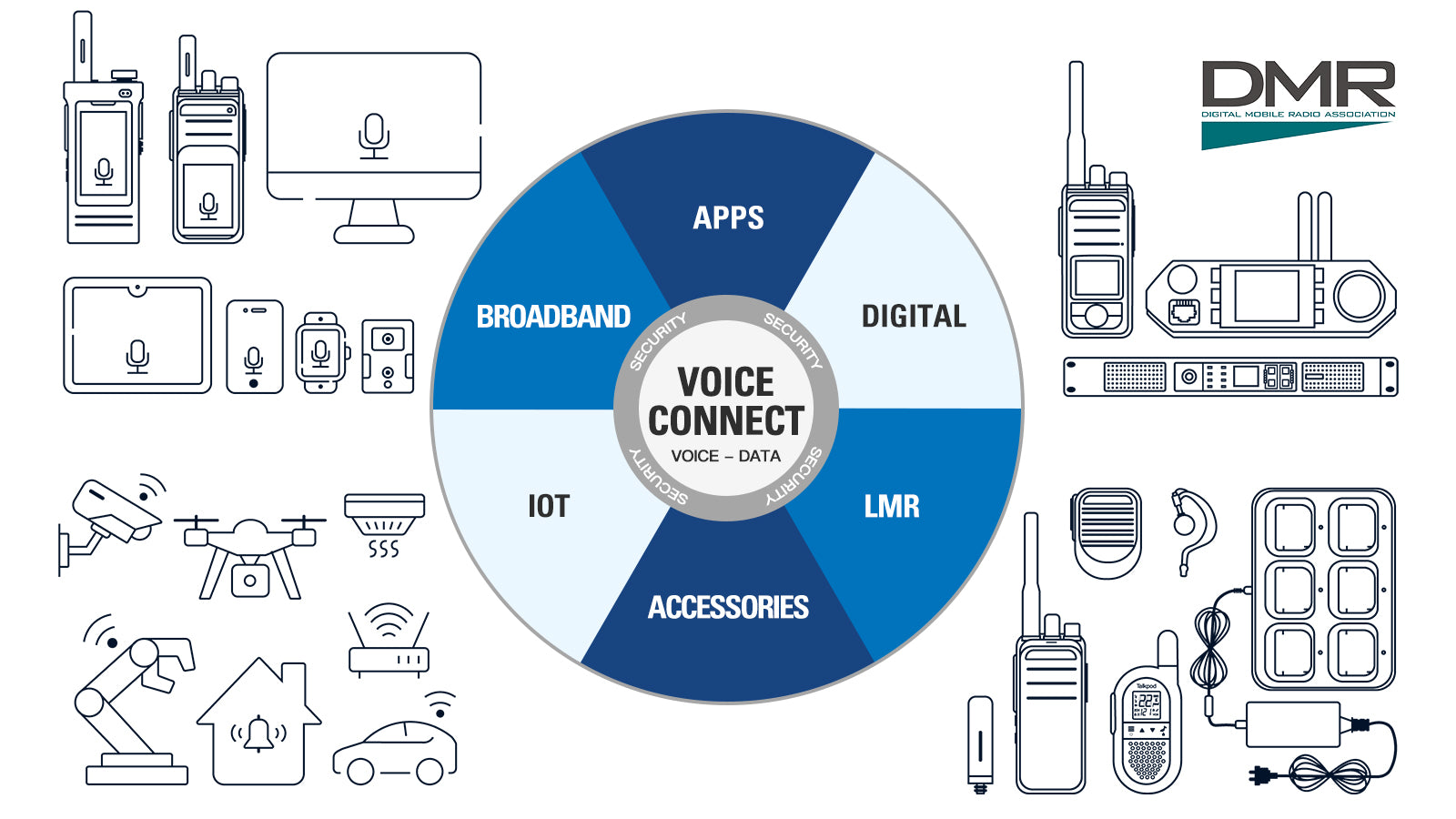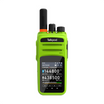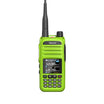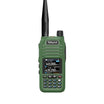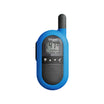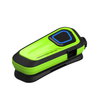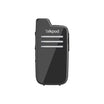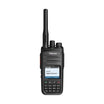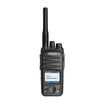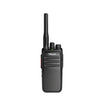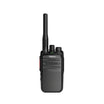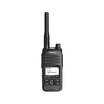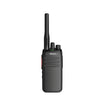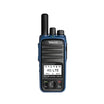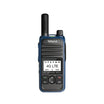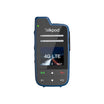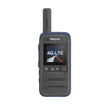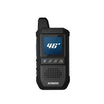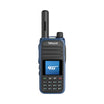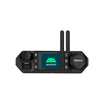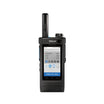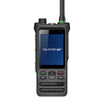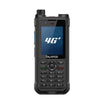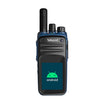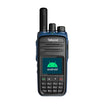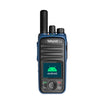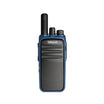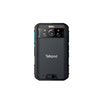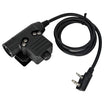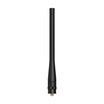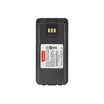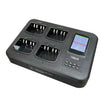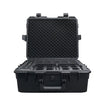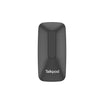DMR enables a single 12.5 kHz channel to support two simultaneous and independent calls. This is achieved using TDMA, Time Division Multiple Access. Under TDMA DMR retains the 12.5 kHz channel width and divides it into two alternating timeslots A and B (illustrated in figure 1 below) where each timeslot acts as a separate communication path. In figure 1 Radios 1 and 3 are talking on time slot 1 and Radios 2 and 4 are talking on timeslot 2.
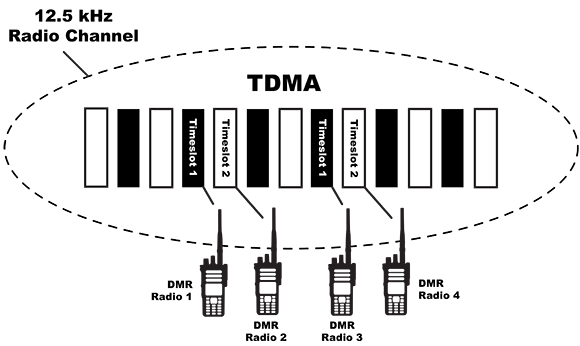
Figure 1: 2 timeslot TDMA structure of DMR
This TDMA approach to increasing call capacity in a given bandwidth is very well tried and tested. TETRA and GSM cellular mobile – two of the world’s most widely adopted two-way radio communication technologies – are TDMA systems. The US public safety radio standard, P25, is also currently evolving its Phase II specifications to two-time slot TDMA.
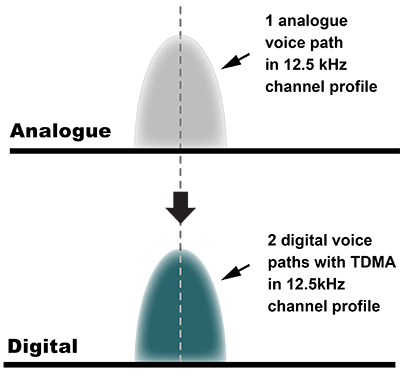
Figure 2: Analogue to digital migration with DMR systems
The practical reality falls short of this. In many countries no specific 6.25 kHz licenses exist and the regulatory regime does not permit a license holder to operate two 6.25 kHz channels in an existing 12.5 kHz licence. It is usually possible to operate with a single 6.25 kHz radio channel within a 12.5 kHz license but this gives the user no increase in capacity. This situation is illustrated in figure 3 below.
In the United States, where 6.25 kHz channels are licensed, licence holders have not been permitted to sub-divide existing 12.5 kHz licenses into multiple 6.25 kHz channels. To increase capacity for 6.25 kHz FDMA systems, users have to seek new 6.25 kHz licences in other areas of the spectrum.
There remains a difficulty in jurisdictions where users are allowed to squeeze two 6.25 kHz paths into an existing licence. Operating a system at one site using two channels that are adjacent to each other in the spectrum is well known to create a risk of interference. So for this reason users would still most likely want to obtain a new licence in another area of the spectrum to increase capacity with a 6.25 kHz FDMA solution (see figure 4 below). In contrast because DMR’s two TDMA paths fit neatly into the existing channel structure, no new interference issues will be encountered when DMR systems are installed.
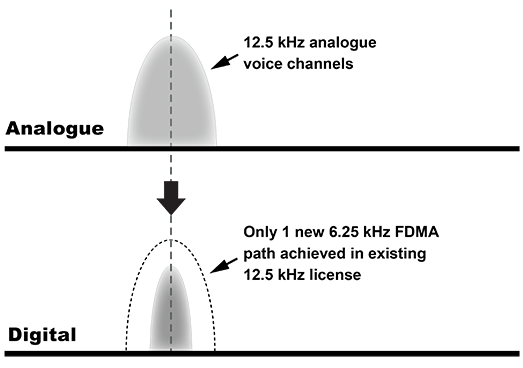
Figure 3: Analogue to digital migration with 6.25 kHz digital FDMA systems
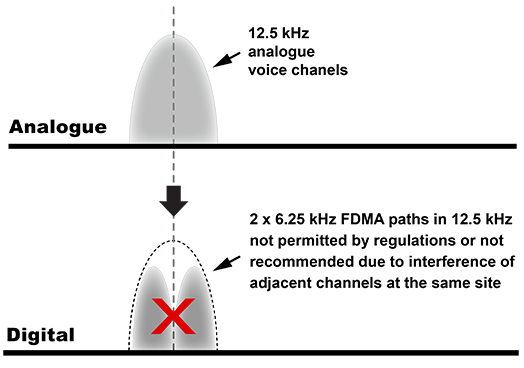
Figure 4: Analogue to digital migration with 6.25 kHz FDMA
One potential advantage of the FDMA 6.25 kHz approach is that you do not need a repeater to co-ordinate TDMA timeslots to deliver two independent talk paths as is necessary for DMR. (DMR systems do work well without repeaters and still deliver the many benefits inherent in DMR systems such as reverse channel signalling, but not two fully independent channels per 12.5 kHz of spectrum). Without a repeater, however, all radios need to be in range of each other at all times to get a predictable doubling of capacity with FDMA. So if the system needs a repeater for extra range, or to cover a problem area, now or in the future (e.g. with a site move or the opening of a new location) this benefit of FDMA is of limited value. DMR systems also have the advantage that 12.5 kHz signals are more robust to interference than 6.25 kHz signals. This means that in noisy environments a signal on a 12.5 kHz channel is less likely to be degraded than a 6.25 kHz signal and so will be more likely to give an acceptable level of service to a radio user.
The non-repeater advantage of 6.25 kHz FDMA systems for capacity increase is only beneficial where:
- the site is small and at all times for the lifetime of the system all users radios will be in direct range of all others users
- the frequencies required have been obtained because splitting an existing license into multiple 6.25 kHz channels will not be an option for regulatory or interference reason
- cost or availability of more robust 12.5 kHz channel licences is an issue
- there is no need to have compatibility with legacy 12.5 kHz analogue systems (see below)
DMR, which was developed from the start with long term business needs in mind, does not have these constraints.


